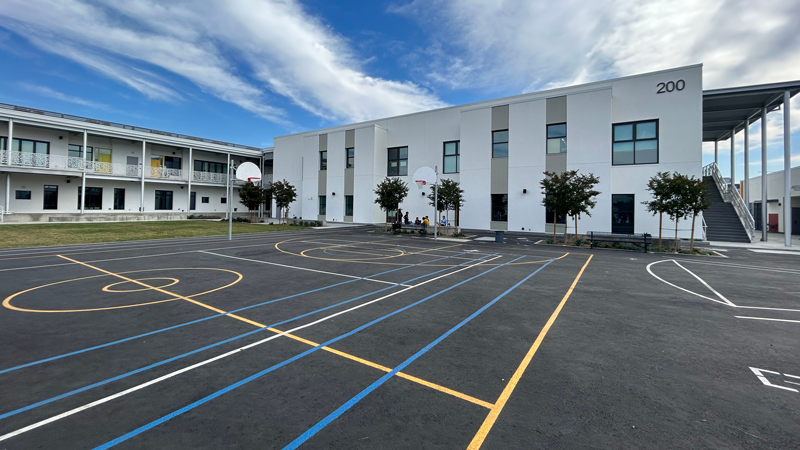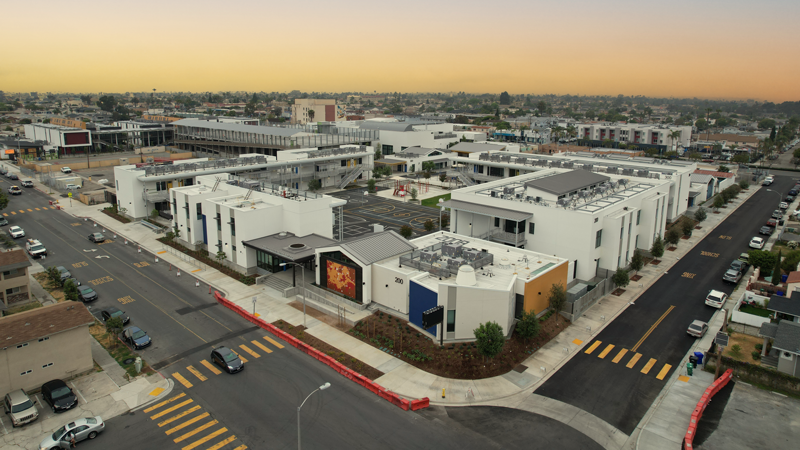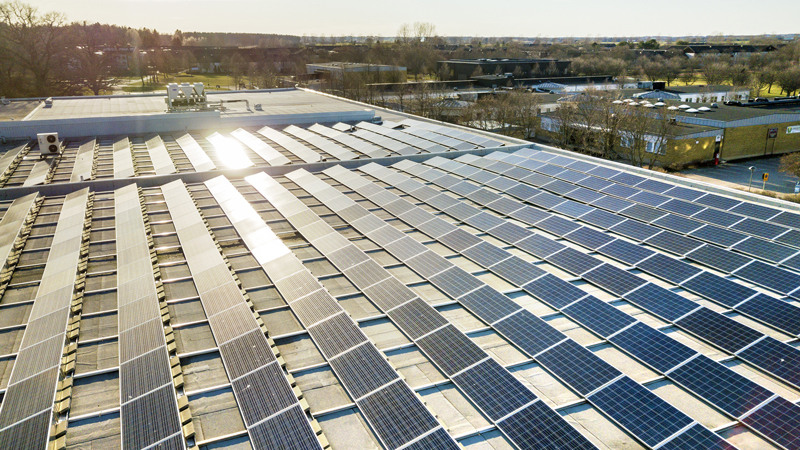2.2 minute read
July 13, 2015
I love being on campus, managing construction projects for higher education. I've worked on dozens, and I always get excited about the importance of these structures. That said, the significance of my most recent project was off the charts.
I'm referring to Chu Hall, a $59 million solar research facility within the U.S. Department of Energy's Lawrence Berkeley National Laboratory. Chu Hall promises to change the world with its renewable energy discoveries.
At this very moment, teams of scientists are there perfecting artificial photosynthesis to create carbon-neutral fuels that could alter the power-production paradigm. The building is named in honor of Steven Chu, the Nobel laureate and former U.S. Energy Secretary whose vision helped inspire its creation.
Handling Research Facilities with Care
Research facilities like this demand attention and precision, and our team brought both in spades at every step.
The 40,000 square-feet site occupies an incredibly small footprint. It sits atop a hill on a high-security campus, hemmed in on all sides by existing buildings and a main access road. Complicating matters further, the site was only 15 feet away from another construction site, which required significant advance planning to minimize disruptions. Constant, open communication among all workers was critical to keep on schedule and on budget.
The highly sensitive equipment inside the building had to run smoothly during construction, too. Researchers couldn’t afford to wait for us. I’ve faced similar situations in academic buildings that housed different disciplines of science.
I recall a design meeting with two researchers: one spoke about how vibrations affected her electron microscope, while the other stressed his need to crush rocks into smithereens. We arranged to put their labs on opposite ends of the building, with careful attention to the floor on the microscope side—and even the cooling system, which could buffet the equipment if it was designed for a normal environment.
For Chu Hall, we innovated a bit to reduce vibrations: We created an oversized first-level floor plate made of 8’ x 2’ T-shaped footings that wrap around the building’s perimeter and go down about six feet, with isolation joints on all four sides.
Not all of the challenges involved construction logistics. Part of my role was serving as liaison for navigating state and federal guidelines, because this groundbreaking public/private joint venture was on state land, for a federal agency.
I can tell you that our entire Harris team is proud to have helped bring this project to life—a hub of innovation that will someday benefit us all.
How about you? What construction environments do you find most rewarding? Have you worked your way out of a tight spot recently? Let me know.












